DLEMS 00: Deeper learning in elementary and middle schools
Dangerously Irrelevant
JANUARY 24, 2023
EL , Design39 , or EPiC ), most of the schools that are featured in deeper learning research, advocacy, and publicity conversations often are at the secondary level (e.g., Related Posts Leadership Day 2010 – The final list! However, with some exceptions (e.g., The Met or High Tech High ). Stay tuned!

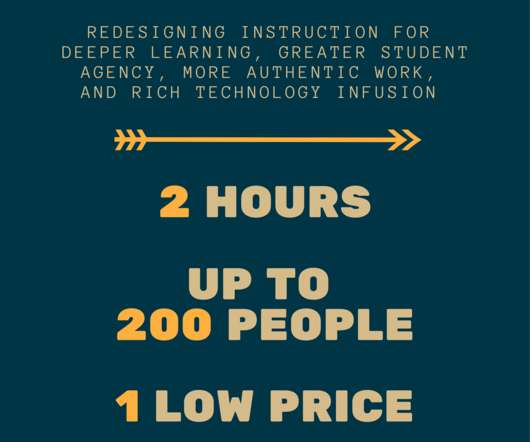


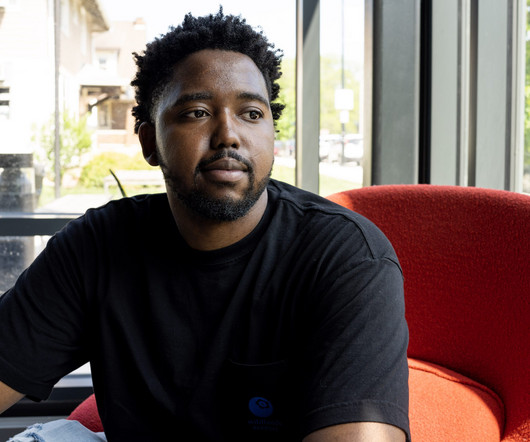
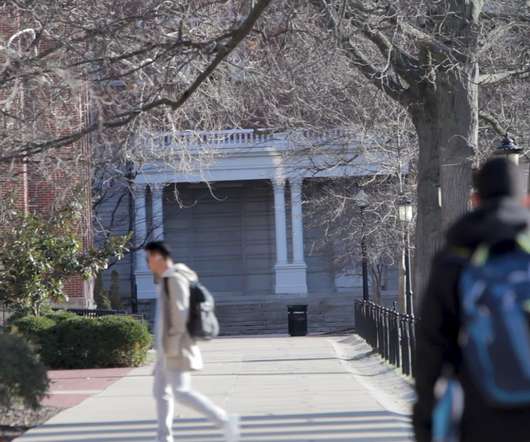
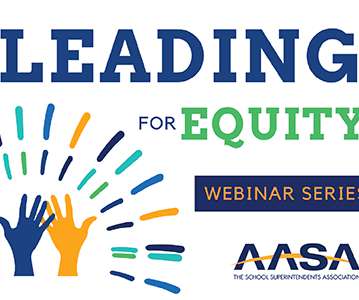


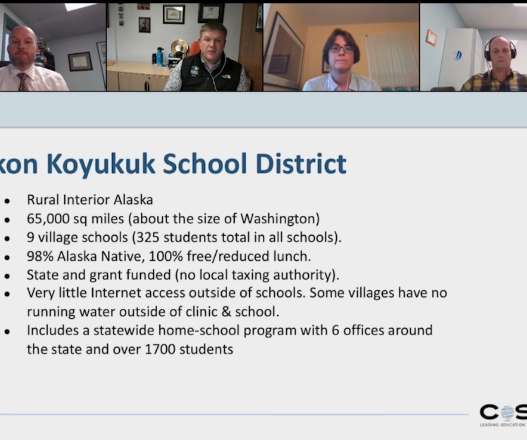



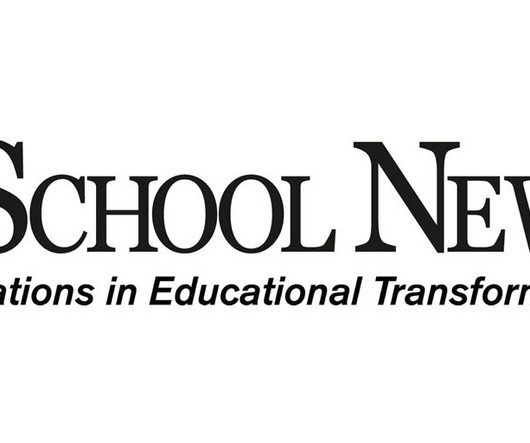

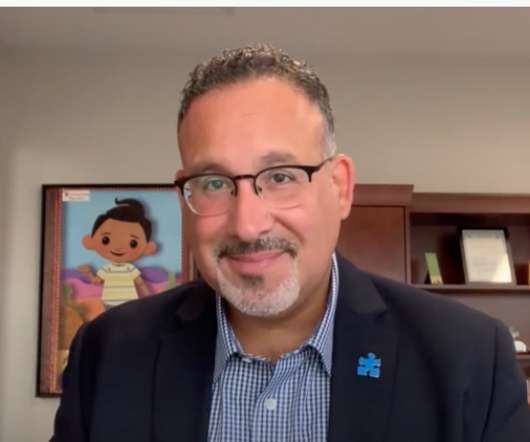
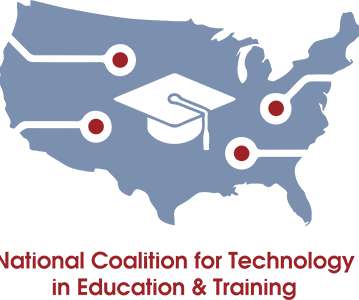












Let's personalize your content